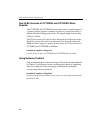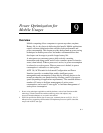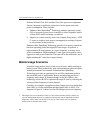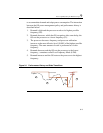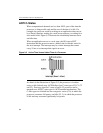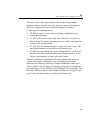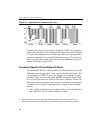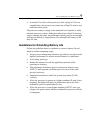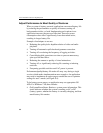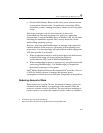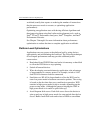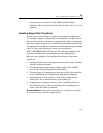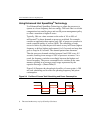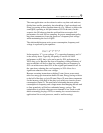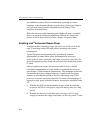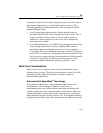
IA-32 Intel® Architecture Optimization
9-8
Adjust Performance to Meet Quality of Features
When a system is battery powered, applications can extend battery life
by reducing the performance or quality of features, turning off
background activities, or both. Implementing such options in an
application increases the processor idle time. Processor power
consumption when idle is significantly lower than when active,
resulting in longer battery life.
Example of techniques to use are:
• Reducing the quality/color depth/resolution of video and audio
playback.
• Turning off automatic spell check and grammar correction.
• Turning off or reducing the frequency of logging activities.
• Consolidating disk operations over time to prevent unnecessary
spin-up of the hard drive.
• Reducing the amount or quality of visual animations.
• Turning off, or significantly reducing file scanning or indexing
activities.
• Postponing possible activities until AC power is present.
Performance/quality/battery life trade-offs may vary during a single
session, which makes implementation more complex. An application
may need to implement an option page to enable the user to optimize
settings for user’s needs (see Figure 9-4).
To be battery-power-aware, an application may use appropriate OS
APIs. For Windows* XP, these include:
• GetSystemPowerStatus: Retrieves system power information. This
status indicates whether the system is running on AC or DC
(battery) power, whether the battery is currently charging, and how
much battery life remains.



